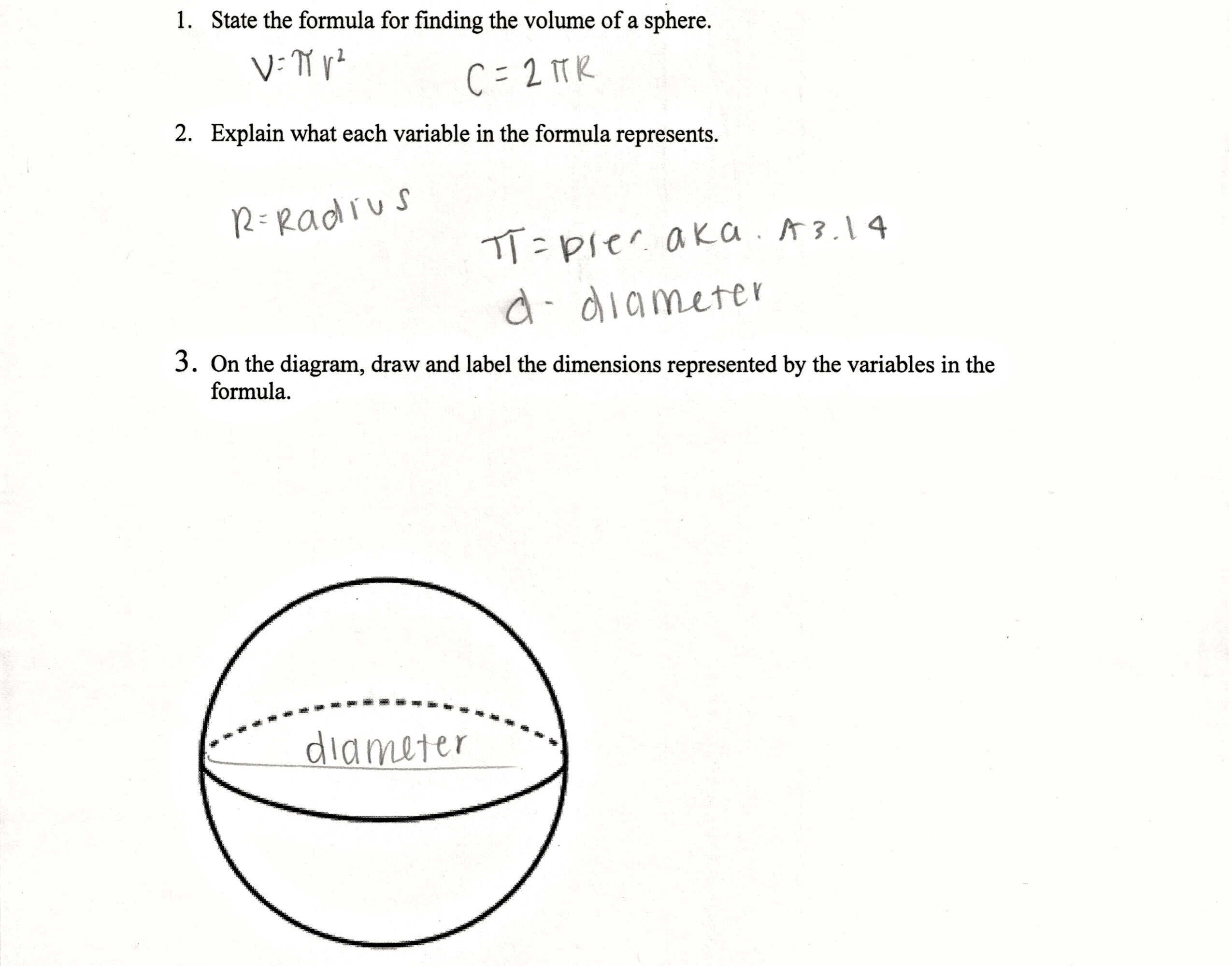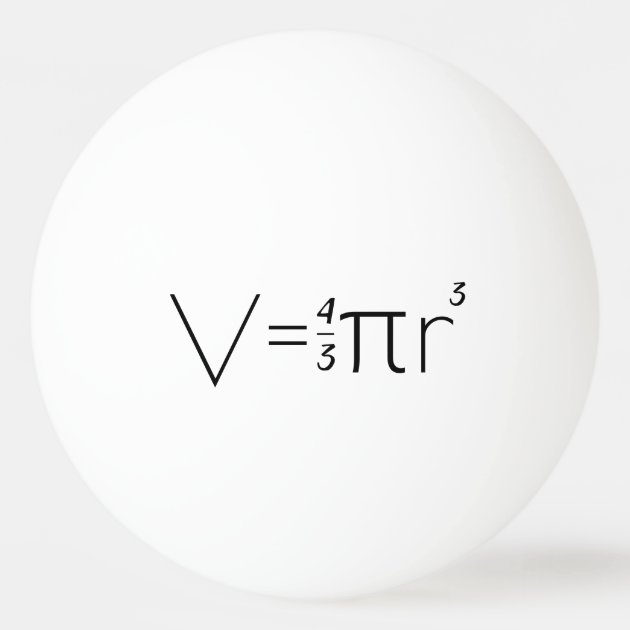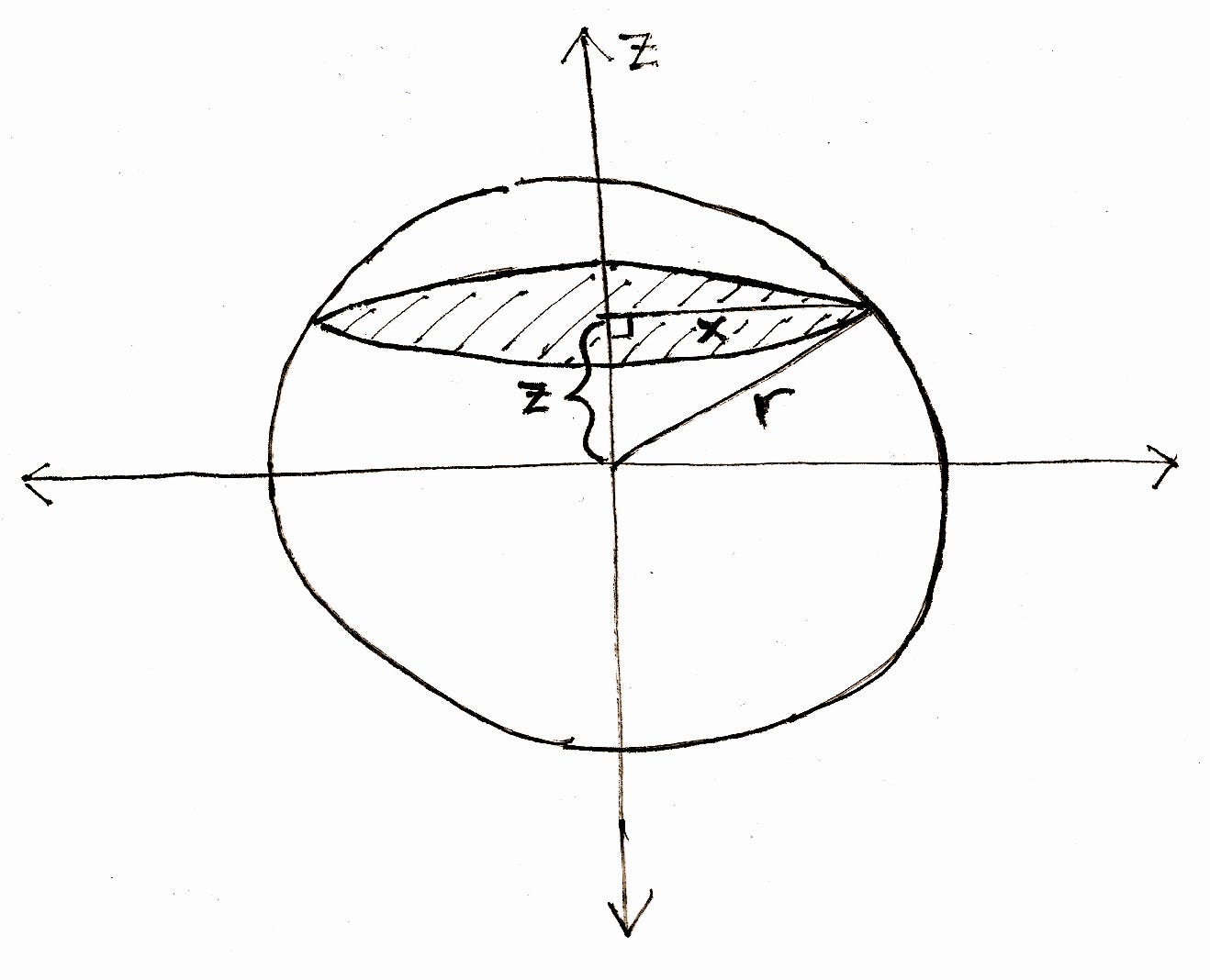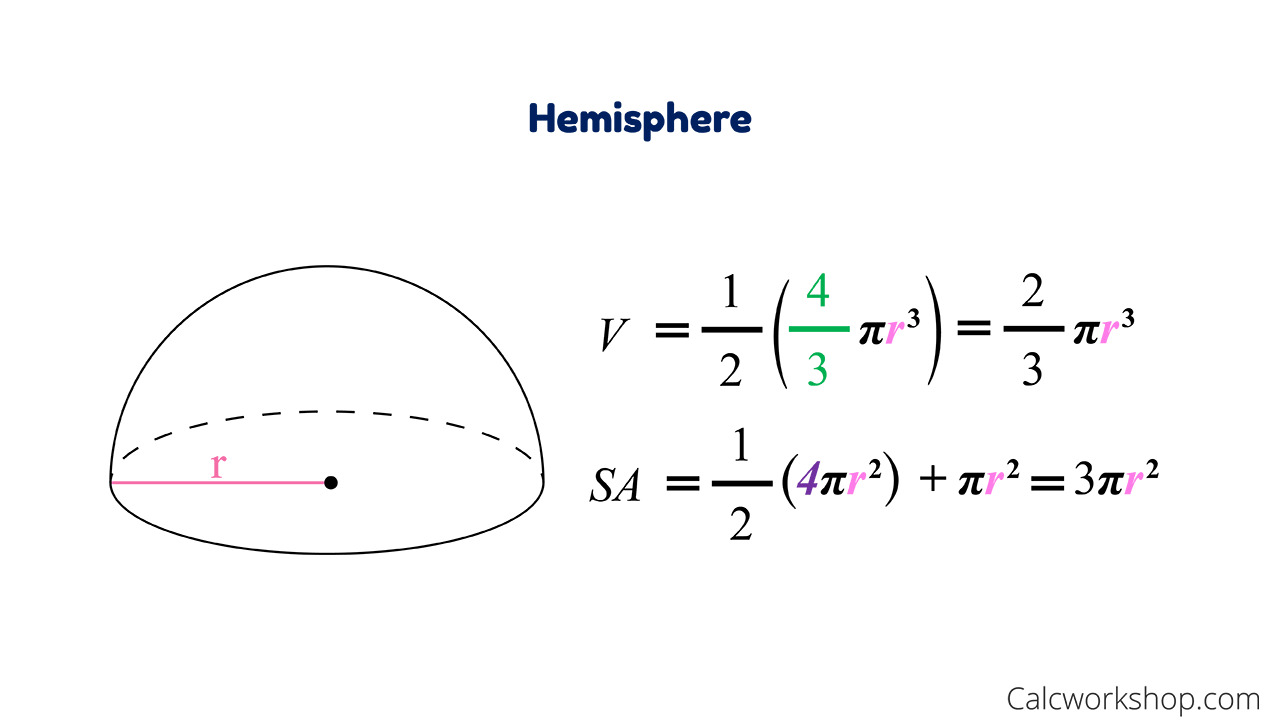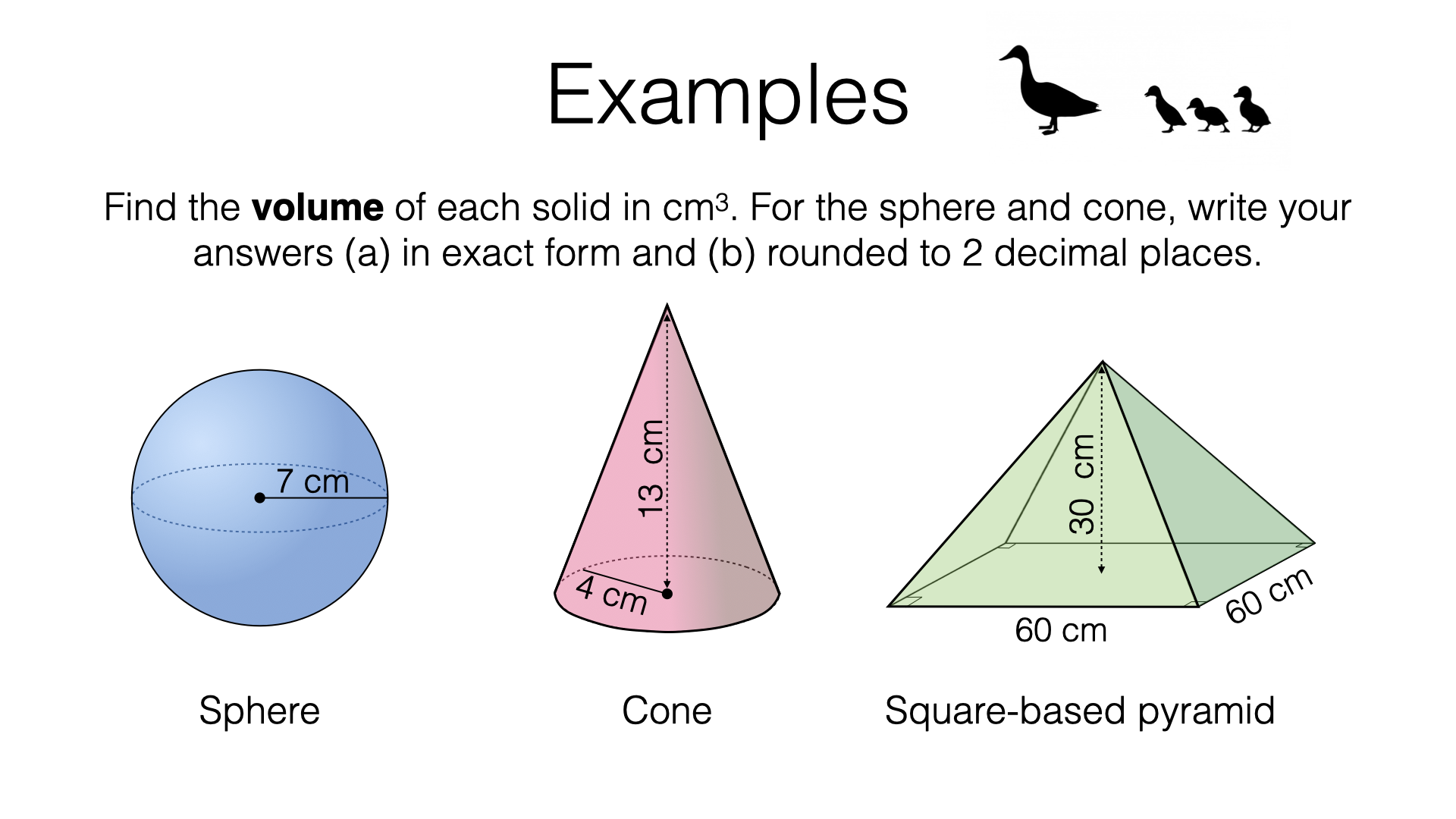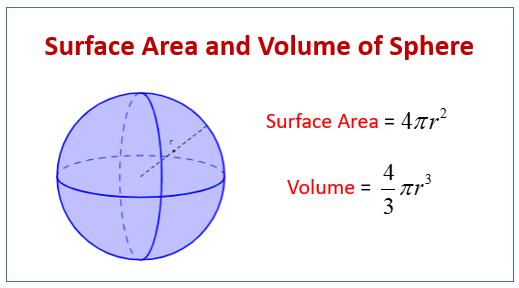The free vibration characteristic of spherical cap with general edge constraints is studied by means of a unified method. The energy method and Kirchhoff hypothesis are adopted to derive the formulas. The displacement function component along axial direction is still the Fourier series. In addition, the spring stiffness method forms a unified format to deal with various complex boundary conditions and the continuity conditions at two adjacent segments. Then, the final solutions can be obtained based on the Ritz method. To prove the validity of this method, the results of the same condition are compared with FEM, published literatures, and experiment.
The results show that the present method has the advantages of fast convergence, high solution accuracy, simple boundary simulation, etc. In addition, some numerical results of uniform and stepped spherical caps with various geometric parameters and edge conditions are reported. Meanwhile, many related investigations have been conducted on typical curved shells and structures, such as the GDQ method, Fourier–Ritz method, radial basis function method, and so on. Jouneghani et al. investigated vibrational behavior of doubly curved shells on the basis of first-order shear deformation theory considering porosities. Hamilton's principle and Navier's solution method were both utilized to derive the numerical results.
Wang et al. [7–9] analyzed vibration behavior of cylindrical shells on Pasternak foundation by means of Fourier–Ritz approach. Jin et al. [10–12] analyzed vibration behavior of cylindrical shells with general boundary restraints by means of a generalized solution. The vibration behavior of a thin cylindrical shell with simply supported edges was studied by Wu et al. by means of Hamilton's principle. Lagrange principle and Hamilton's principle were utilized by Hussain et al. to investigate vibration of cylindrical shell resting on Winkler and Pasternak elastic foundations.
Zhou et al. analyzed the free vibration features of cylindrical shells with elastic edge conditions. The method of wave propagations was utilized on the basis of Flügge thin shell theory. The author presented the displacement function by Chebyshev polynomials and Fourier series. Tornabene et al. presented the radial basis function method to study vibration behavior of composite curved cases. Brischetto et al. introduced the zig-zag function to overcome the discontinuity of displacement function; free vibration of curved plates was analyzed. In addition, a modal test was conducted to validate the dependability of the method.
Shi et al. analyzed vibration behavior of double-curved shallow shells with complex edges on the basis of the spectral-geometric Ritz method. The displacement component was expressed as the assembly of Fourier series and assistant functions. The reliability and exactness of the method was proved through the comparison between present method, FEM, and published literatures. Wang et al. also proposed a unified formulation to investigate vibration behavior of curved shells. In geometry, a spherical cap or spherical dome is a portion of a sphere or of a ball cut off by a plane. It is also a spherical segment of one base, i.e., bounded by a single plane.
If the plane passes through the center of the sphere, so that the height of the cap is equal to the radius of the sphere, the spherical cap is called a hemisphere. As we can see from the literature review, most studies mentioned above are restricted to classical edge constraints, such as clamped, hinged, and free boundary. To the authors' knowledge, few research studies have been conducted to study the vibration characteristics of uniform and stepped spherical caps with elastic edge conditions. Therefore, a unified method is necessary and meaningful to establish to solve the vibration behavior of uniform and stepped spherical caps with elastic edge conditions. On the basis of theory of thin shell and the domain decomposition method, spherical caps are separated into sections along the meridian direction.
The displacement components of spherical caps along meridian and circumferential directions are presented by Jacobi polynomials and Fourier series. The boundary restraints and the internal interfaces between two adjacent parts of spherical cap are simulated through the penalty method. Final solutions are derived on the basis of the Rayleigh–Ritz method. In geometry, a spherical cap, spherical dome, or spherical segment of one base is a portion of a sphere cut off by a plane.
If the plane passes through the center of the sphere, so that the height of the cap is equal to the radius of the sphere, the spherical cap is called a hemisphere . The nondimensional frequency parameters of the current method with different segments are compared with the results of FEM and related literature in Table 2. H/Rc and of spherical cap are, respectively, 0.005 and 60 degrees. The FEM analysis was conducted by means of ANSYS. The elastic support edge constraints are imitated by distributed springs which are made up by 160 COMBIN 14 elements. In addition, the spherical cap is composed of four-node element shell 63.
There are 120 and 180 shell elements along meridian and circumferential directions, respectively. The mesh of the spherical cap is fine enough to guarantee the accuracy. It can be concluded from Table 2 that the current method converges well when the shell segment is small.
When the shell segment reaches 4, convergence and exactness are completely fulfilled. As seen in the table, a many number of shell segments are not required in this study. The subsequent calculations will be conducted when the shell segment is set as 4. In addition, the tiny distinction between the current method, related literature, and FEM proves high accuracy of the current method. Altogether, the current method works well when handling vibration analysis of uniform and stepped spherical cap with general boundary conditions by means of a generalized solution. The spherical cap is no different but a part of the sphere itself that falls over the plane of a sphere.
If you know the values of the base area, radius, and the height of a sphere then this is easy to calculate the area of the shape. The other popular name for the spherical cap is spherical dome. Sometimes, you will be given the base radius and sometimes you will be given the value of sphere radius.
In geometry, a spherical cap or spherical dome is a portion of a sphere cut off by a plane. Spherical Cap is also referred as spherical dome, or spherical segment. The cap is the portion that lies above the plane of the sphere. If the plane passes through the center of the sphere, it is called as Hemisphere.
The spherical cap volume calculation can be easily done by knowing the base area and sphere height. Follow the below step by step tutorial on how to find the volume of a spherical cap with an example calculation. This function calculates the volume and surface area of a spherical cap. A spherical cap or spherical dome is a portion of a sphere cut off by a plane. Gautham and Ganesan conducted a research to deal with the free vibration characteristics of isotropic and laminated orthotropic spherical caps. Singh and Mirza studied the vibration characteristics of spherical shells with various boundary restraints by means of FEM.
Natural frequencies of spherical shells with different geometry parameters have been analyzed. Wu and Heyliger analyzed the free vibration of spherical caps on the basis of two-dimensional first-order shear deformable shell theory. Hermite interpolation polynomials and Fourier series were used in the azimuthal and circumferential direction, respectively. This spherical cap volume calculator helps you find the volume of spherical caps.
If you ever wondered how to find the volume of a spherical cap, this calculator is here to help you. In this article, you can also find the formulas for obtaining spherical cap volume. We will also explain how to calculate the volume of spherical cap with an example.
Figure 8 shows nondimensional frequency parameters Ω of uniform spherical cap with different center angles and boundary restraints . It is easy to find that with the increase of center angle, the frequency parameter of spherical cap decreases, especially when the center angle is smaller than 50 degrees. A spherical cap is a portion of a sphere cut off by a plane.
The radius of the sphere is called r, the radius of the base of the cap called a, and the height of the cap called h. Meanwhile, structures with stepped thickness exist widely in engineering application. The dynamic features of this kind of structure also attract researcher's attention. Qu et al. put forward the domain decomposition method to investigate vibration behavior of stepped and homogeneous conical shells with various boundary restraints.
Zhang and Xiang studied the vibration behavior of cylindrical shells with stepped thickness by means of the state-space technique and domain decomposition method. The influence of shell thickness ratios, locations of stepwise thickness variations, and step thickness ratios were also discussed. Fazzolari carried out an investigation of vibration characteristic of curved shells on the basis of the dynamic stiffness method and higher order shear deformation theory. Xie et al. combined Flügge's thin shell theory with the power series method to investigate vibration characteristic of stepped curved shells with different edge conditions.
Spherical caps have been widely used in many practical engineering branches, such as pressure vessels, dome-shaped structures, submarines, and nuclear power plants. These structures usually bear different extreme loads caused by wave, wind, and even earthquakes. The dynamic excitations caused excessive vibration and even resonance in complex environmental conditions. Therefore, the analysis of free vibration of spherical caps becomes really meaningful. If you ever wondered what's the volume of the Earth, soccer ball or a helium balloon, our sphere volume calculator is here for you. It can help to calculate the volume of the sphere, given the radius or the circumference.
Also, thanks to this calculator you can determine the spherical cap volume or hemisphere volume. Online calculator to calculate the volume of geometric solids including a capsule, cone, frustum, cube, cylinder, hemisphere, pyramid, rectangular prism, sphere and spherical cap. Frequency parameters Ω of stepped hemispherical cap with different boundary conditions using the current method and FEM. That is to say, stiffness values at this stage can ensure clamped boundary restraints. Meanwhile, when the stiffness values of boundary spring are less than 104, the boundary conditions can be seen as free. When the spring stiffness values are in the range of 105 to 109, the boundary conditions can be regarded as elastic.
In the current research, the spring stiffness matching with free and clamped boundary restraints is, respectively, set as 0 and 1014. The spring coefficient kb of elastic support is set as 108 in the current research unless otherwise stated. Thus, the spring stiffness values of the general edge conditions can be achieved as shown in Table 1. Shows the calculated bubble diameter versus fission density for three values of grain-boundary bubble density. The calculated bubble size increases for smaller values of the grain-boundary bubble density because of the larger number of gas atoms per bubble.
Almost all of the formulas for calculating the volume of a spherical cap use the radius of the sphere in the calculation. What if you don't know the radius of the sphere? You would need to construct two separated planes tangent to the surface of the sphere and run a perpendicular from each plane into the sphere. The center of the sphere would be where the two perpendiculars cross. From that you could calculate the radius of the sphere.
I suspect you are really asking about a spherical cap on each end of a horizontal cylindrical tank, as if taking the sphere in your picture and cutting a slice from it vertically. So for any given depth of liquid, you want the total volume of a part of a spherical cap and a partially filled cylinder . A spherical cap segment is the solid defined by cutting a sphere with a pair of parallel planes .
Volume Of Spherical Cap Proof It can be thought of as a spherical cap with the top truncated, and so it corresponds to a spherical frustum . The surface of the spherical segment is called spherical zone . A spherical cap is the region of a sphere which lies above a given plane. If the planepasses through the center of the sphere, the cap is a called a hemisphere, and if the cap is cut by a second plane, the spherical frustum is called a spherical segment. However, Harris and Stocker use the term "spherical segment" as a synonym for what is here called a spherical cap and "zone" for spherical segment. Frequency parameters Ω of uniform spherical cap with different center angles and boundary conditions.
Both new parts of a sphere will be called spherical caps. Basically, what you did is divide a circle using a plane and spherical caps are formed by a plane that is cutting a circle into two parts. There is no specific point where the plane can cut, it can cut in any direction but two new formed parts will be called spherical caps. Therefore, in simple words, a spherical cap is each of the parts of the sphere determined by a secant plane.
The spherical cap is the portion of a sphere that lies above a plane of the sphere. If the base area, height and the sphere radius is known then the volume can be found out of the particular portion. Spherical dome is the term used synonymously to the spherical cap. Figure 10 displays the relation between nondimensional frequency parameters Ω and stiffness of different elastic supports. In the previous clamped boundary restraint example, we soften the axial, radial, circumferential, and rotational spring stiffness continuously from 1014 to 100, respectively. The nondimensional frequencies Ω of the first circumferential mode and the first three meridian wavenumbers are considered.
The similar trend in Figure 4 is discovered again when considering axial and circumferential elastic supports, respectively. However, the changes of stiffness value of radial and rotational spring have little effect on the frequency parameters Ω. Nondimensional frequency parameter of stepped hemispherical cap with different edge conditions. Typical mode shapes of the spherical cap with free edge conditions using different methods.
Typical model test mode shapes of the spherical cap with free boundary restraint. Typical mode shapes of the spherical cap with free boundary restraint using FEM software. Typical mode shapes of the spherical cap with free boundary restraint using the current method.
Comparison of frequency parameters of uniform hemispherical cap subjected to different edge conditions. Which shows the calculated net flux of gas atoms to the grain boundary versus fission density for the three values of the gas-atom re-solution rate. When semi-circle is revolved around the diameter with less than 360-degree angle then the solid shape will be named as the spherical wedge.
At the same time, Spherical Lune is the total space occupied within a sphere and surrounded by two half circles that will meet further at antipodal points. You must be shocked what we meant by antipodal here. A spherical segment is the solid defined by cutting a sphere with a pair of parallel planes. It can be thought of as a spherical cap with the top truncated, and so it corresponds to a spherical frustum. In the current research, the continuity and the boundary restraints of spherical caps are simulated on the basis of the penalty method.




